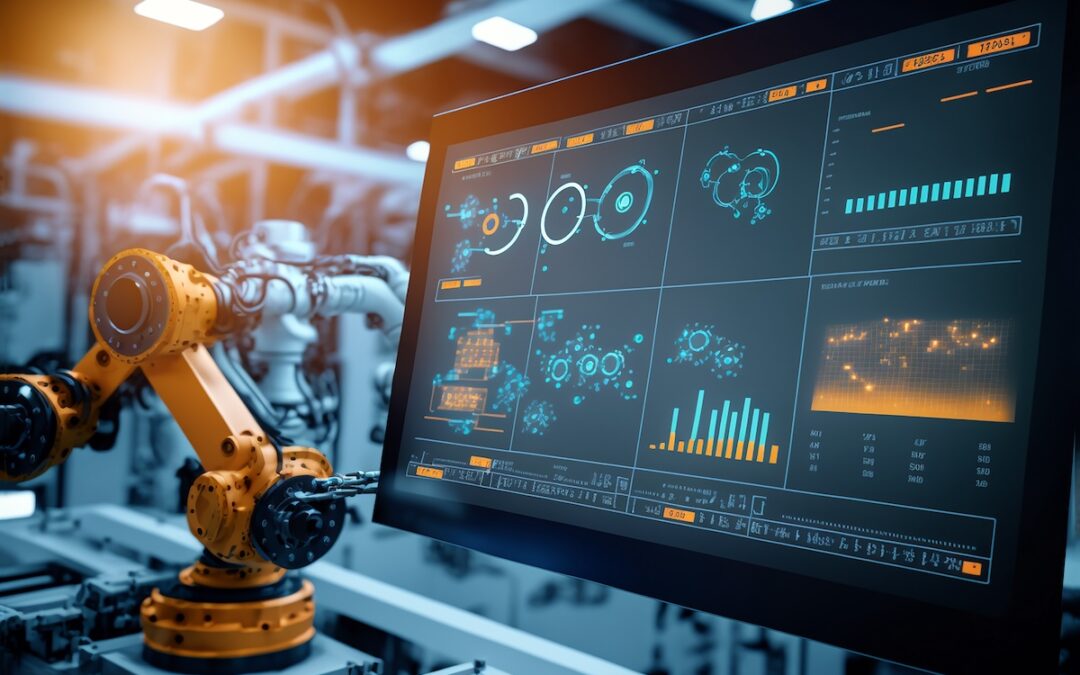In the intricate world of mechanical engineering, the ability to detect slipping parts is crucial for maintaining the stability and efficiency of machines. As industry QA professionals, understanding the nuances of this concept not only safeguards machinery but also enhances overall production quality. This article will explore the various methods and technologies used in detecting slipping parts, ensuring that you have the insights needed to tackle potential issues head-on.

The Importance of Detecting Slipping Parts
Slipping parts can lead to significant mechanical failures if not addressed promptly. By detecting slipping parts early, industry professionals can prevent costly downtimes and maintain the integrity of mechanical systems. This proactive approach not only saves money but also extends the lifespan of machines.
Understanding the Causes of Slipping Parts
Various factors contribute to the phenomenon of slipping parts. These include inadequate lubrication, excessive load, wear and tear, and improper installation. By understanding these causes, QA professionals can implement preventive measures to minimize slippage risks.
Inadequate Lubrication
Lack of proper lubrication can increase friction between mechanical parts, leading to slippage. Regular maintenance and using the right type of lubricant can mitigate this issue.
Excessive Load
Overloading a machine beyond its capacity can cause parts to slip. It is essential to adhere to the manufacturer’s specifications to avoid such scenarios.
Wear and Tear
Over time, mechanical components undergo wear and tear, which can result in slippage. Regular inspections and timely replacement of worn-out parts are crucial.
Technologies Used in Detecting Slipping Parts
Various technologies aid in detecting slipping parts, enhancing the precision and efficiency of inspections.
Stroboscope
A stroboscope is an invaluable tool in detecting slipping parts. By providing a slow-motion view of moving components, it allows professionals to identify parts that are not functioning correctly. For more on how stroboscopes work, visit this detailed article.
Vibration Analysis
Vibration analysis is another effective method for detecting slipping parts. By measuring the vibration patterns of machinery, professionals can identify anomalies that indicate slippage.
Thermal Imaging
Thermal imaging detects heat patterns and can reveal areas where friction is causing components to slip. This non-invasive method is particularly useful for continuous monitoring.
Preventive Measures for Slipping Parts
Prevention is always better than cure. Here are some strategies to prevent slipping parts:
Regular Maintenance
Implementing a regular maintenance schedule ensures that all components are in optimal condition, reducing the likelihood of slippage.
Proper Training
Ensuring that all personnel are adequately trained in machine operation and maintenance can prevent slippage caused by human error.
Quality Assurance Protocols
Establishing strict quality assurance protocols helps in identifying potential slippage issues before they escalate into significant problems.
Case Studies: Successful Detection of Slipping Parts
Examining real-world case studies can provide valuable insights into the best practices for detecting slipping parts. These studies highlight the importance of technology and preventive measures in maintaining mechanical stability.
The Future of Detecting Slipping Parts
The future looks promising with advancements in technology, making the process of detecting slipping parts more efficient and accurate. Innovations such as AI and machine learning are set to revolutionize the industry, providing even more sophisticated solutions for detecting and preventing slippage.
Conclusion
In conclusion, detecting slipping parts is a vital aspect of mechanical maintenance and quality assurance. By understanding the causes, utilizing advanced technologies, and implementing preventive measures, industry professionals can ensure the longevity and efficiency of machinery. As the industry continues to evolve, staying informed and adopting new technologies will be key to maintaining mechanical stability.

FAQs
What tools are commonly used for detecting slipping parts?
Common tools include stroboscopes, vibration analyzers, and thermal imaging cameras, all of which provide valuable insights into the condition of mechanical parts.
How often should machines be inspected for slipping parts?
Regular inspections should be scheduled based on the machine’s usage and manufacturer’s recommendations. Typically, quarterly inspections are advisable for high-usage machines.
Can slipping parts affect machine efficiency?
Yes, slipping parts can significantly reduce machine efficiency, leading to increased wear and tear, energy consumption, and potential breakdowns.
This article contains affiliate links. We may earn a commission at no extra cost to you.
